Imagine the Earth’s surface as a canvas, constantly being sculpted by unseen forces. This gradual process of wearing away and reshaping the land is known as erosion. While it might seem like a subtle phenomenon, erosion plays a crucial role in shaping our planet’s features, from towering mountains to fertile valleys. Let’s delve into the fascinating world of erosion, exploring its causes, mechanisms, and the profound impact it has on our world.
What is Erosion?
Erosion is the geological process by which earthen materials are worn away and transported by natural forces like wind, water, and ice. It’s a gradual process, often occurring over extended periods, shaping the Earth’s surface like a sculptor molding clay.
There are two primary types of erosion:
- Physical Erosion: This involves the mechanical breakdown and movement of rocks and soil. Imagine a rushing river carrying pebbles downstream, slowly grinding against the riverbed. That’s physical erosion in action. Wind, with its ability to carry fine particles, can also carve out stunning rock formations, as seen in deserts worldwide.
- Chemical Erosion: This type of erosion works on a molecular level, dissolving or weakening rocks through chemical reactions. A prime example is acid rain, which can dissolve limestone and other carbonate rocks, creating caves and sinkholes over time.
What is Erosion Simple Definition?
In the simplest terms, erosion is the process of moving weathered material from one location to another. Imagine it like this: Wind, water, or ice act like tiny movers, picking up bits of rock and soil and carrying them away. Over time, this constant relocation can carve out valleys, build up mountains, or even create entirely new islands! It’s a natural process that’s always happening, slowly but surely reshaping our planet.
What is Erosion and its Cause?
The Earth’s surface is in a constant state of flux, and erosion is a key player in this ongoing transformation. It involves the breakdown and transportation of rock, soil, and other surface materials, primarily driven by natural forces:
- Water: Water is arguably the most powerful agent of erosion. When rain falls, it can dislodge soil particles and carry them away. Rivers, with their relentless flow, can carve out canyons over millennia. Even ocean waves, crashing against coastlines, contribute to erosion, shaping cliffs and beaches.
- Wind: In arid and semi-arid regions, wind acts as a sculptor, picking up loose particles and carrying them across vast distances. Sand dunes, a testament to the power of wind erosion, are formed as wind deposits sand particles in new locations.
- Ice: Glaciers, those massive rivers of ice, may seem immobile, but they exert incredible force on the landscape. As they creep downhill, they grind against the Earth’s surface, carving out valleys and transporting huge amounts of rock and debris.
It’s important to note that while erosion is a natural process, human activities can significantly accelerate its rate. Deforestation, for example, removes the protective cover of vegetation, leaving the soil vulnerable to wind and water erosion. Unsustainable agricultural practices can deplete soil nutrients, making it more susceptible to being carried away by wind or rain.
What is Erosion in a Short Sentence?
Erosion is the Earth’s natural process of wearing down and transporting surface materials, primarily by wind, water, or ice.
How Does Erosion Work?
Let’s break down the mechanics of erosion:
- Detachment: The process begins with the detachment of particles from the Earth’s surface. This can happen through weathering, either physical (like rocks breaking down due to temperature changes) or chemical (like acidic rain dissolving limestone).
- Transportation: Once detached, these particles are transported, primarily by water, wind, or ice. The size and weight of the particles, along with the speed of the transporting agent, determine how far they travel.
- Deposition: Eventually, the transporting agent loses energy, causing the eroded material to be deposited in a new location. This can create landforms like deltas at the mouths of rivers, sand dunes in deserts, or glacial moraines.
What are the Effects of Erosion?
Erosion is a double-edged sword, capable of both creation and destruction:
Positive Effects
- Landform Creation: Erosion is the artist behind some of Earth’s most breathtaking scenery, from the Grand Canyon to the Himalayas. These awe-inspiring landscapes are the result of millions of years of erosion.
- Soil Enrichment: While erosion can carry away topsoil, it can also deposit nutrient-rich sediments in other areas, enriching the soil and supporting plant life.
Negative Effects:
- Soil Degradation: Erosion can strip away fertile topsoil, which is essential for agriculture. This can lead to decreased crop yields, making it harder to grow food.
- Infrastructure Damage: Erosion can undermine roads, bridges, and buildings, posing safety risks and leading to costly repairs.
- Water Pollution: As eroded soil washes into rivers, lakes, and oceans, it can carry pollutants, fertilizers, and pesticides, harming aquatic life and degrading water quality.
What can be done to Prevent Erosion?
While we can’t stop erosion entirely, there are ways to mitigate its negative impacts:
- Plant Vegetation: Trees, shrubs, and other plants act as natural anchors, their roots holding the soil in place and their leaves reducing the impact of raindrops.
- Terracing: On sloping land, creating terraces – a series of level platforms – can slow down water runoff and reduce erosion.
- Erosion Control Structures: Retaining walls, gabions (wire baskets filled with rocks), and other structures can help stabilize slopes and prevent landslides.
- Sustainable Land Management: Practicing sustainable farming techniques, such as no-till farming (planting crops without tilling the soil) and crop rotation, can help protect the soil from erosion.
- Education and Awareness: Understanding the causes and consequences of erosion is crucial for promoting responsible land management practices.
What is an Example of Erosion?
Imagine a coastline battered by waves. Over time, the relentless force of the water can carve out sea caves, arches, and stacks, showcasing the dramatic effects of erosion. The eroded material is often carried away by currents, eventually deposited elsewhere, possibly forming sandy beaches.
How to Explain Erosion to Kids?
Imagine you have a sandcastle on the beach. When the waves come in, they carry away some of the sand. That’s erosion! The water is like a sneaky thief, stealing tiny bits of the earth and moving them somewhere else. Over time, even big rocks can be worn down by water, wind, or even ice!
What is Erosion in Primary Definition?
Erosion is like nature’s slow-motion makeover, where wind, water, or ice gradually wear away and reshape the Earth’s surface.
What is Soil Erosion in Simple Words?
Soil erosion happens when wind or water carry away tiny bits of soil. It’s like when you spill sugar on the floor, and then you sweep it away. Just like we need sugar to make cookies, plants need healthy soil to grow.
What is Water Erosion in Simple Words?
Water erosion is like a game of tag, where water chases after soil and carries it away. Sometimes it’s a gentle stream, other times it’s a rushing river, but over time, water can move mountains… well, maybe not mountains, but definitely a lot of dirt!
What is Erosion Grade 5?
Imagine a piece of bread that’s been nibbled on all around the edges. That’s kind of what Grade 5 erosion looks like. It means the soil has lost a lot of its nutrients, making it harder for plants to grow. It’s like the soil is tired and needs a good rest and some TLC.
What Phrase Defines Erosion?
Erosion is the Earth’s slow dance of change, where natural forces sculpt the land over time.
- Sept 31 Myth: Unveiling Calendar Secrets - March 18, 2025
- How Long & Till December 18, 2025: Accurate Countdown Guide - March 18, 2025
- Discover Japanese Artists: A Complete History - March 18, 2025
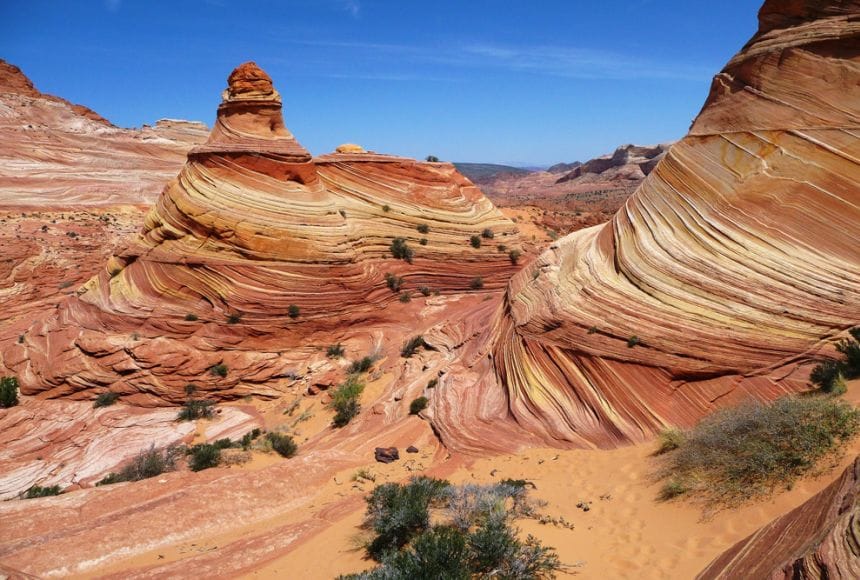
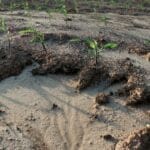
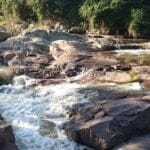
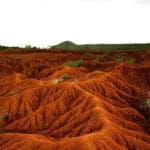
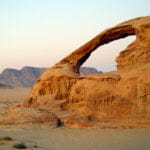
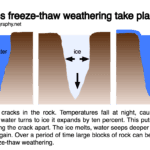
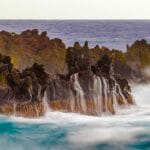










2 thoughts on “Unmasking Erosion: What It Is and Why It Matters”
Comments are closed.